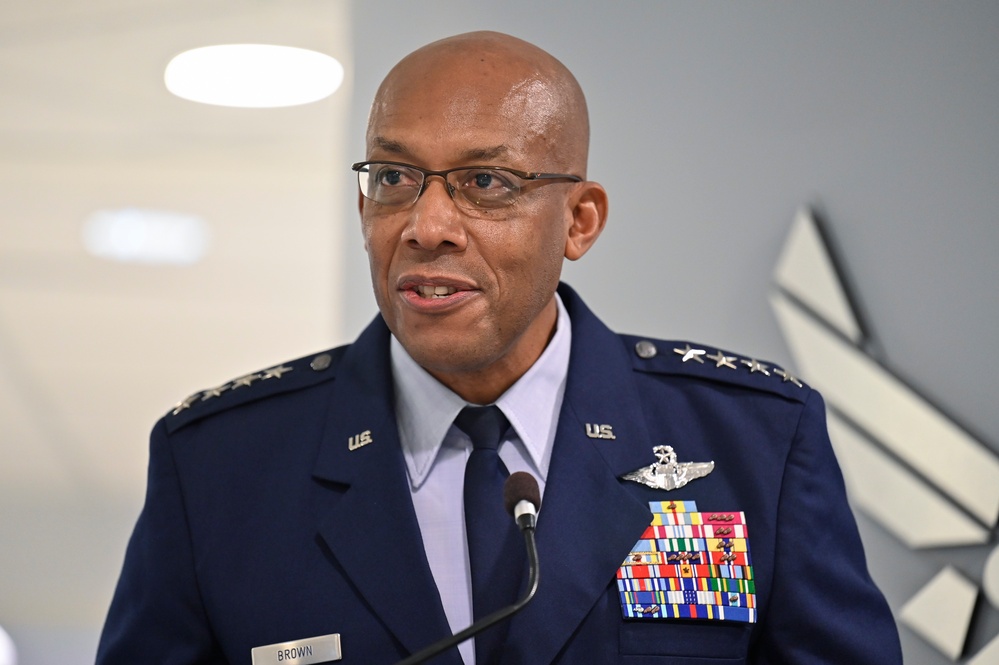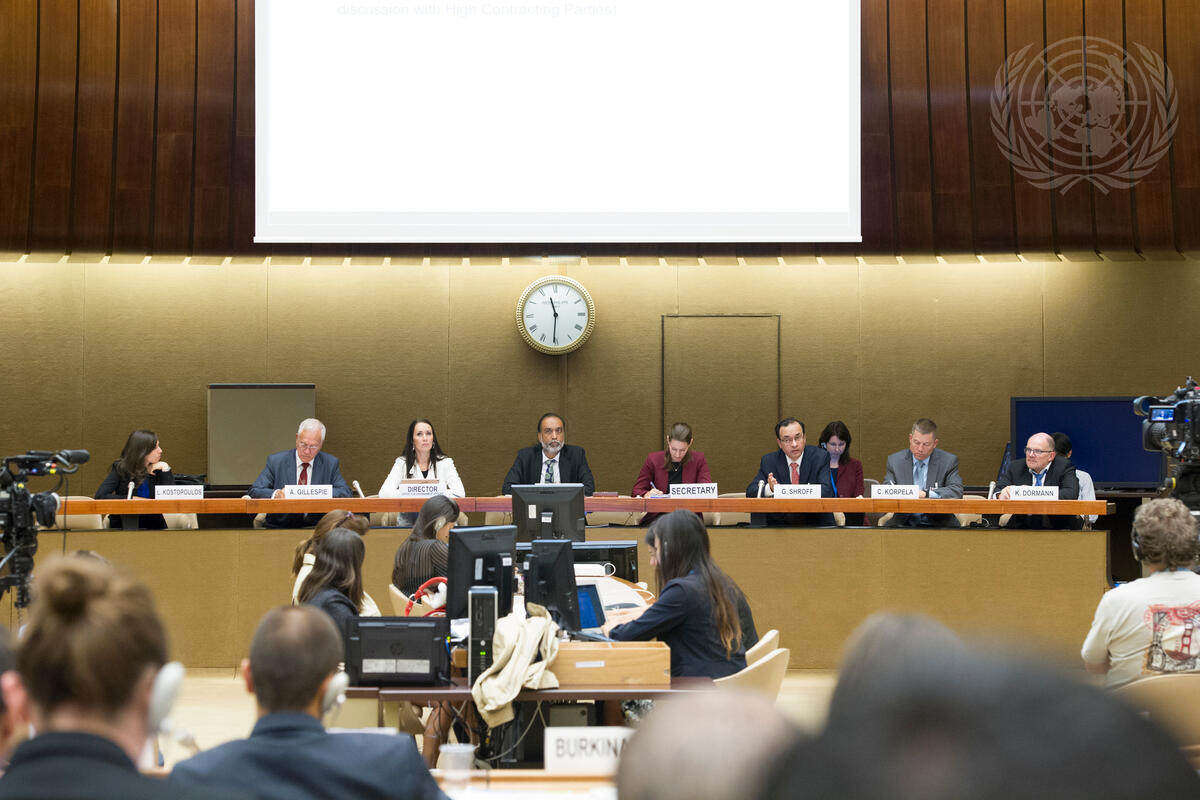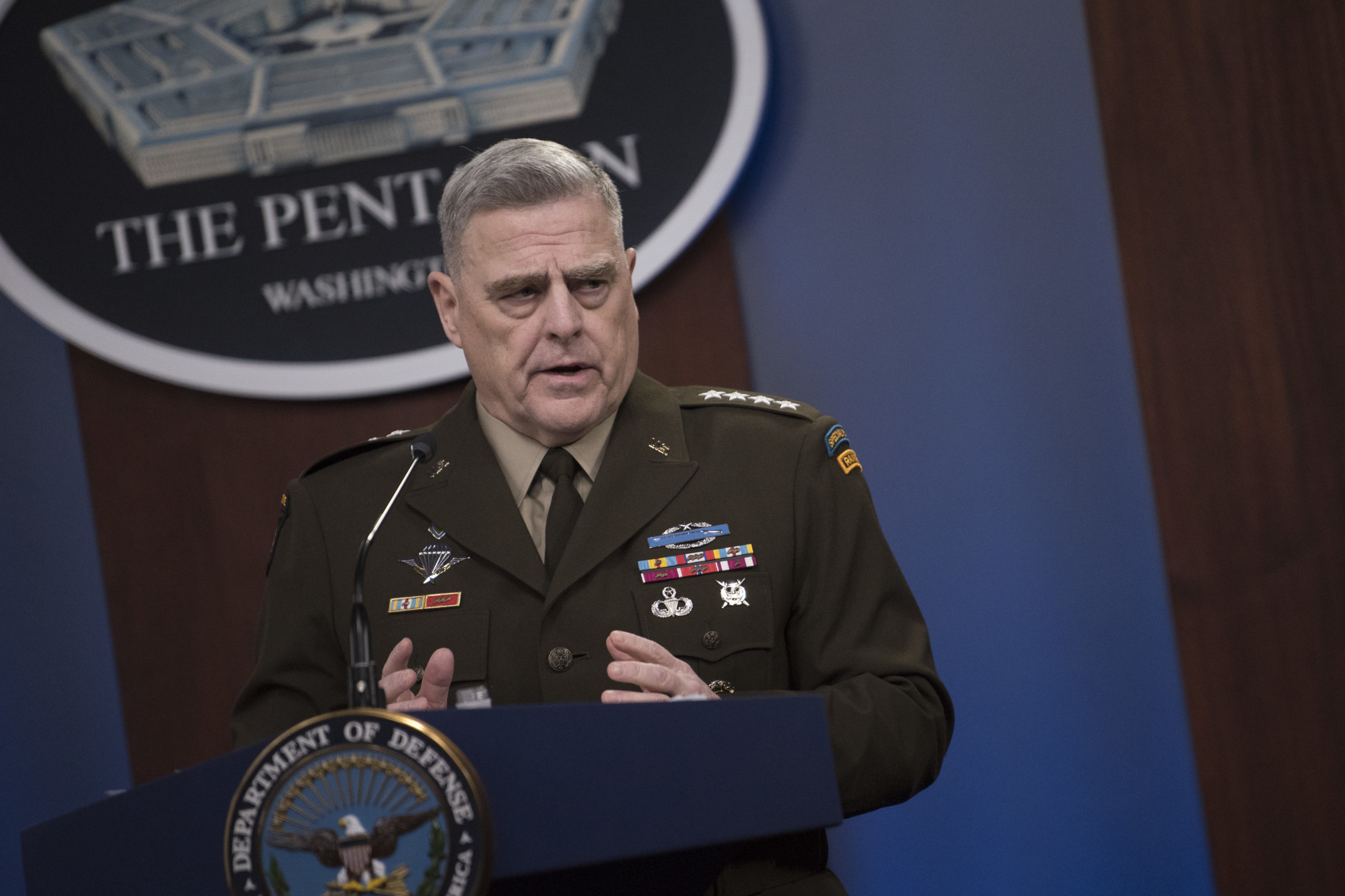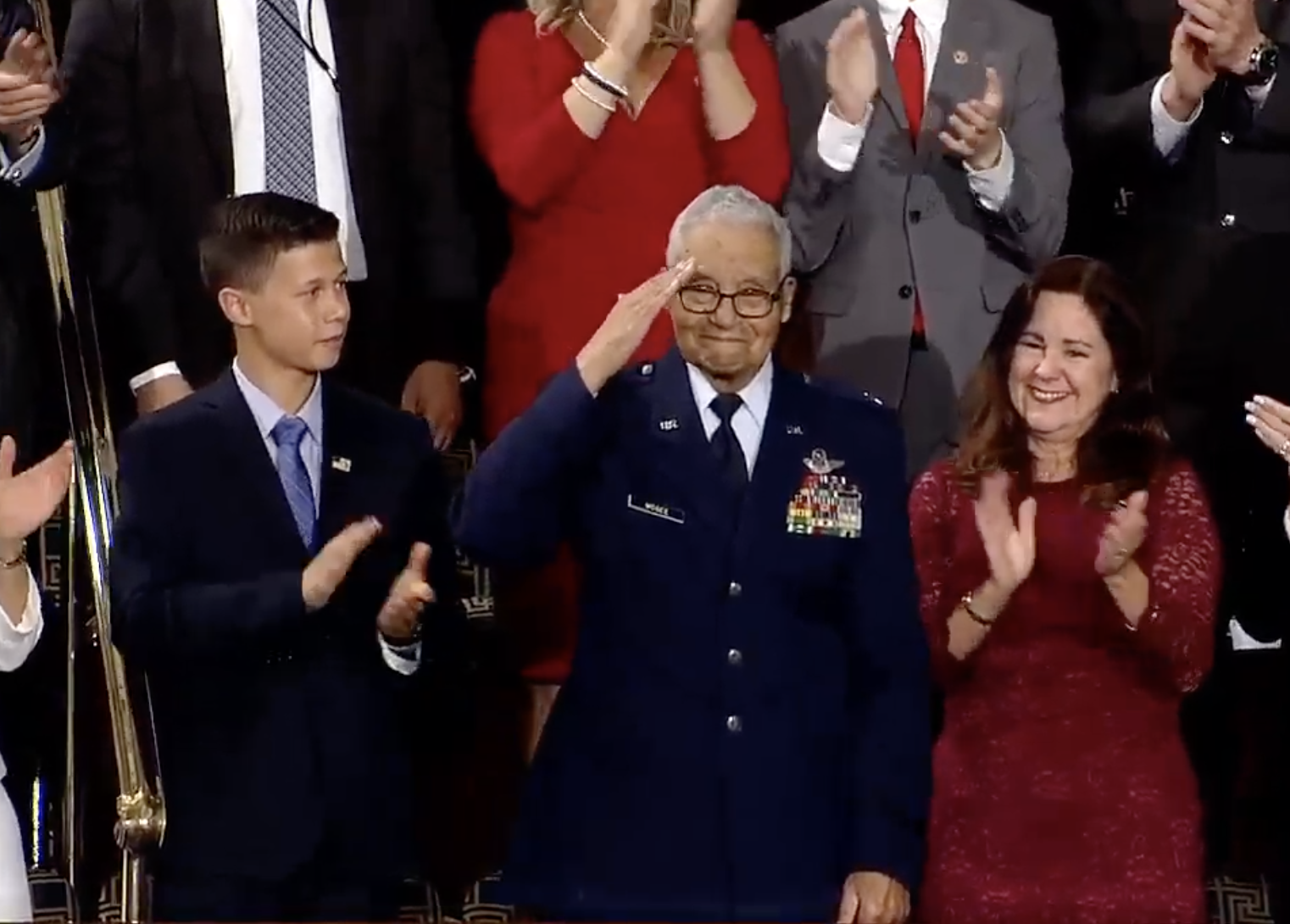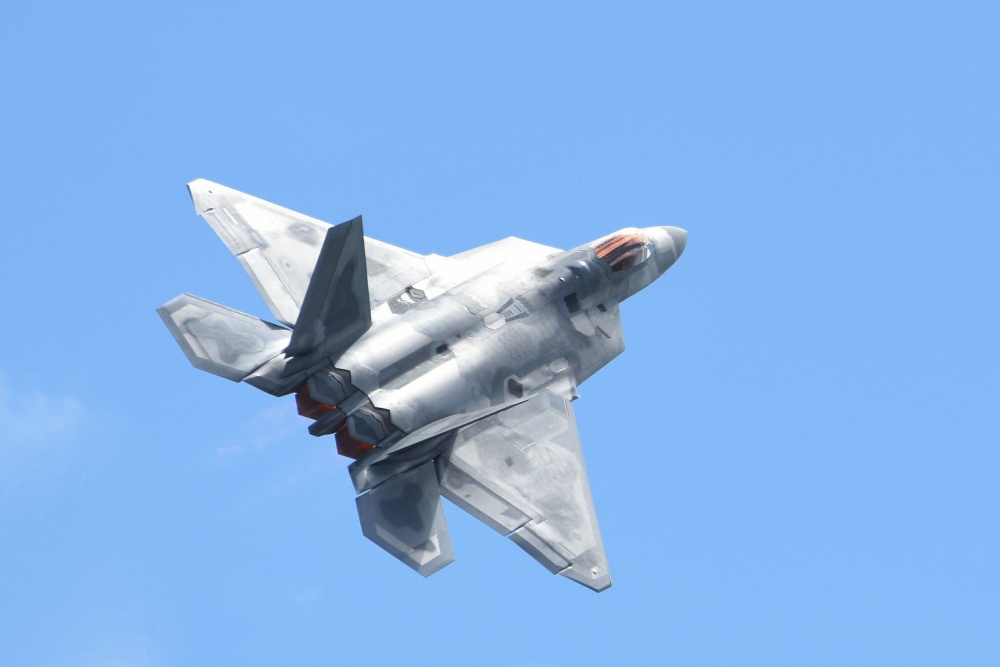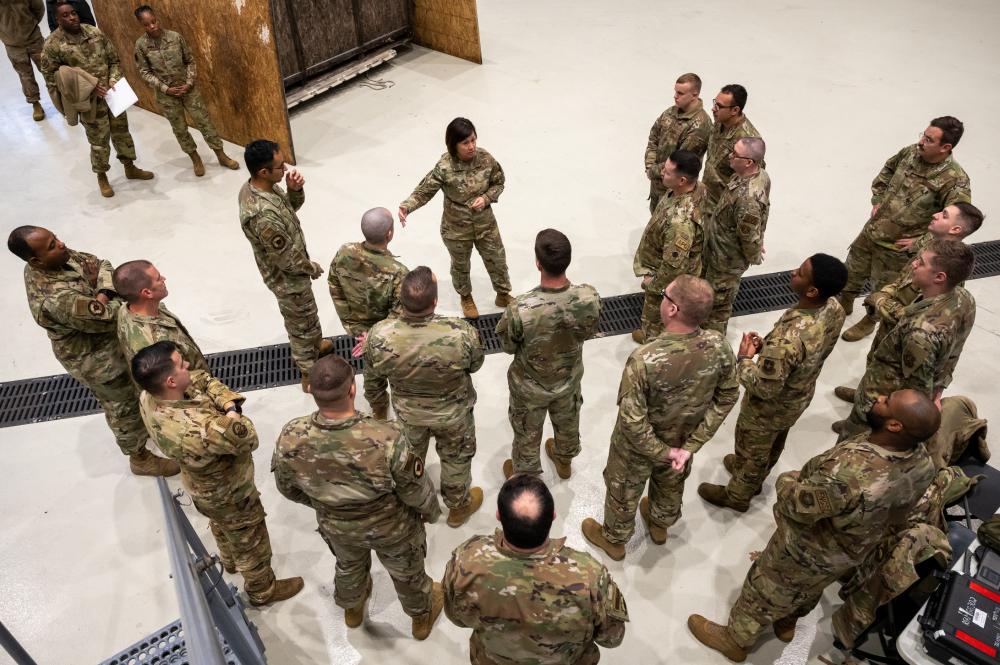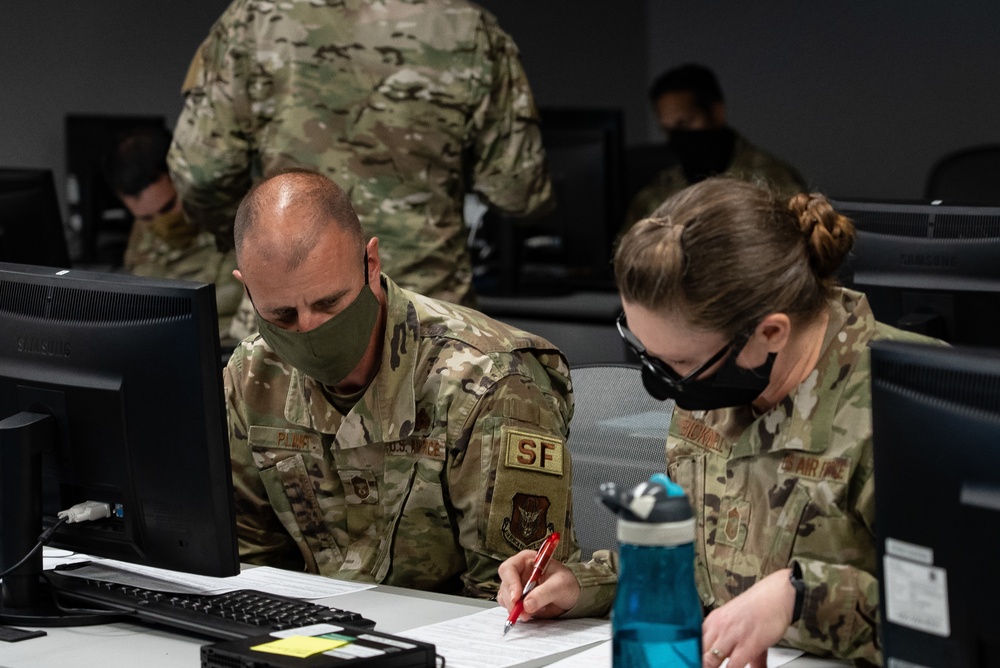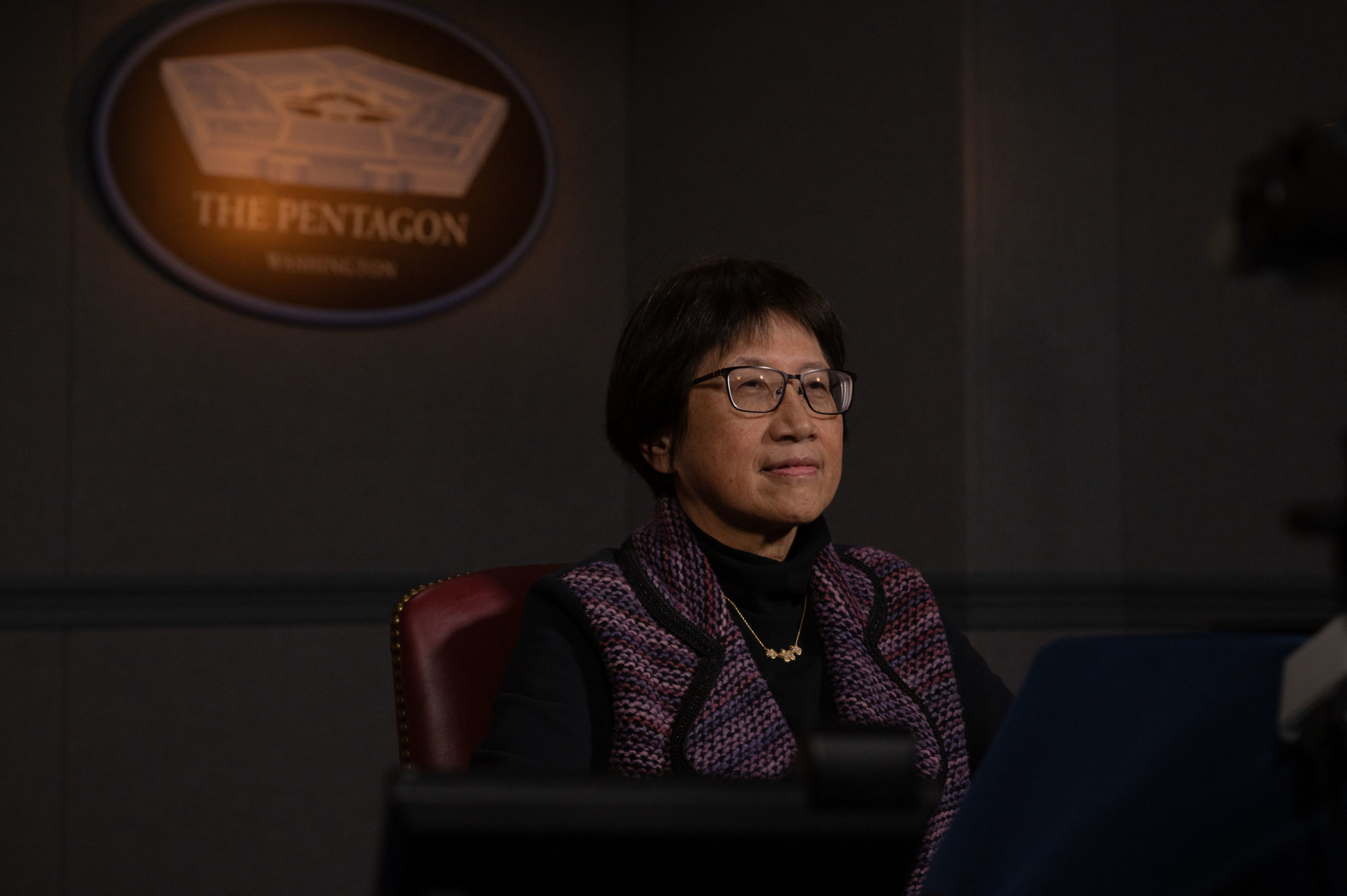Air Force Chief of Staff Gen. Charles Q. Brown Jr. added two new books, a podcast, and a documentary series to his leadership library Jan. 18. The books are aimed at educating Airmen on a pair of men credited with helping shape decades of American tactics and strategy, while the podcast and series focus on two generations separated by half a century.
This is what Brown has to say about each selection:

The Last Warrior: Andrew Marshall and the Shaping of Modern American Defense Strategy, Andrew Krepinevich and Barry Watts
“The story of Andrew Marshall … is a profound account of a virtually unknown, yet brilliant strategic thinker who was enormously influential in shaping American military thought for nearly half a century. Today, Marshall’s hallmark methodology, the ‘Net Assessment,’ remains an essential diagnostic framework for understanding strategic competition through the lenses of capabilities, challenges, and perceptions.”

The Mind of War: John Boyd and American Security, Grant T. Hammond
“Last September, I wrote a Letter to Airmen emphasizing a culture of innovation in our Air Force. ‘The Mind of War: John Boyd and American Security’ is as much the story of Boyd’s innovative spirit as his groundbreaking ideas on warfare. Alongside a tenacity for out-maneuvering bureaucracy, Boyd was a maverick, and had innovation baked into his DNA. Who is the ‘Maverick’ in your squadron?”

Gen Z and Leadership, Dr. Meghan Grace’s #GenZ podcast
“Today, a new generation of strategic thinkers and mavericks defend our nation. Dr. Meghan Grace’s #GenZ podcast … reveals insights into the values and behaviors of Generation Z so that leaders at all echelons, myself included, can better relate to what defines and motivates our youngest cohort of professional Airmen.”

Five Came Back, Netflix
“The idea of ‘why’ is a timeless concept that motivates across generational gaps. The critically acclaimed Netflix docuseries, ‘Five Came Back,’ is a mesmerizing examination of our nation’s ‘why’ before and during World War II through the lens of five prominent Hollywood directors. Their stories will leave you with a renewed sense of awe for the Greatest Generation.”
